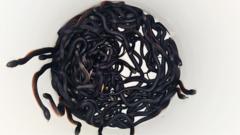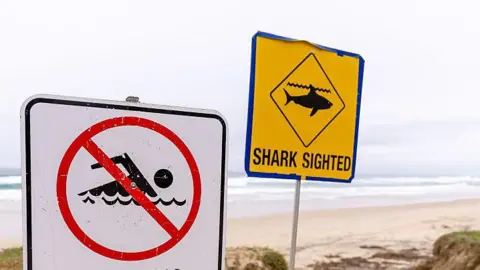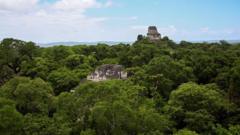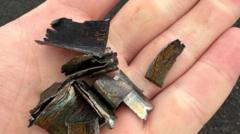In a surprising turn of events, reptile handlers in Sydney have made an extraordinary discovery by rescuing a total of 102 venomous snakes from a backyard mulch pile. Cory Kerewaro, who leads Reptile Relocation Sydney, reported that the unusual situation began after a dog was bitten by one of the snakes on the property. Upon responding to the call, Kerewaro's colleague was amazed to encounter approximately 40 red-bellied black snakes. This included five adults and a staggering 97 baby snakes, four of which gave birth shortly after being placed in a removal bag.
The red-bellied black snake is among Australia's most commonly found venomous species, yet it has not been recorded as a cause of human fatalities. Currently, the rescued snakes have been placed under quarantine and will be released into a national park once the weather cools, minimizing the risk of human interactions.
Kerewaro described the moment as a record-breaking event for the team, which typically manages to catch around five to 15 snakes in a single day. He noted that his colleague Dylan Cooper made an immediate call to inform him of the overwhelming number of snakes he was encountering, saying, "Mate, I'm going to be here a while. It's a pretty big pile... I'm already over 15 snakes!" Kerewaro initially assumed Cooper was joking.
Following the dog bite, Kerewaro reassured the public that the pet was "alive and well." According to the Australian Museum, female red-bellied black snakes often give birth in small groups to shield their young from predation. This unique reproductive strategy is a hallmark of the species, as they are the only snakes of their kind that give live birth.
While bites from this species are infrequent, they can lead to swelling, nausea, and diarrhea. In accordance with local regulations, snake catchers are generally required to release snakes near their original location. However, due to the extensive number of snakes found, the catchers have been allowed to transport them to a national park, ensuring their safety while mitigating potential human encounters.



















